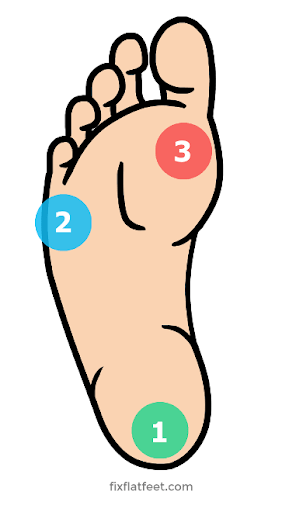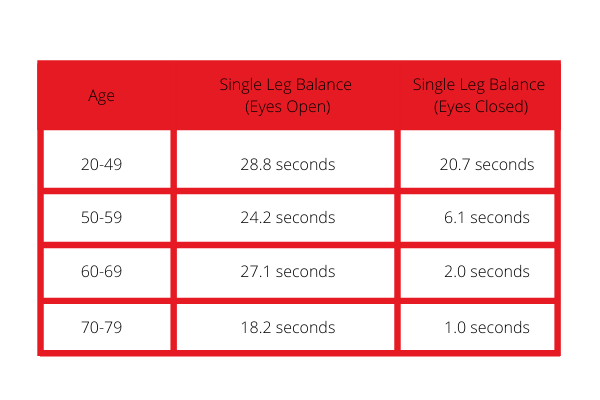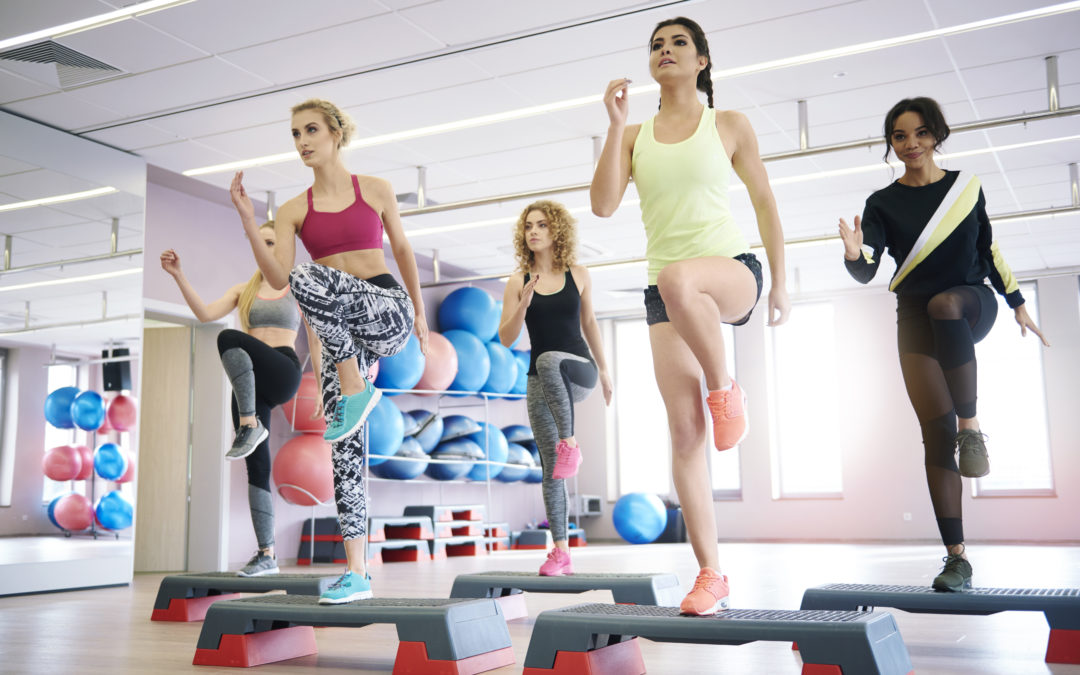Balance is an essential part of movement regardless of your age or health status. At young ages, gymnasts must master how to stay on a balance beam with no room for error. Likewise, the elderly must safely navigate the uneven ground of the garden to tend to their plants.
At Impact Physical Therapy of Hillsboro, we see poor balance often contributes to a person’s pain or dysfunction. Other times, reduced balance occurs as a result of an injury to a body region or to the brain (such as a stroke or inner ear dysfunction).
Just like strength and flexibility, your balance can improve with the right practice. And just like strength and flexibility, balance can worsen with inactivity.
How to check your Balance
One important component of balance is the ability to stand on one leg for more than a few seconds at a time. We have to stand on one leg when we climb stairs or ladders. Or when we throw a ball to our kids. When we stand on one foot, it is important to keep your weight evenly distributed between three points on your foot.

- Heel of your foot
- Ball of your fifth toe
- Ball of your first, big toe
Think about lifting the arch of your foot as you maintain your weight among these three points to create a dome of support. This Tripod Foot Position will help get you started towards standing on one foot longer. Standing in front of a mirror can help you see if your weight is evenly distributed among these three points and if you are lifting your inner foot arch properly.
Now, let’s see how long you can stand on one foot. Physical therapy researchers have found the average time that people of different ages can stand on one leg for. While near a counter or sturdy table, try standing on one leg with your eyes open and then with your eyes closed as long as you can do so safely.
Compare your performance to these norms below:

How did you do?
From your experiment, you may have noticed it was harder to stand on one leg with your eyes closed versus when they were open. This is because our vision plays a key role in our balance. We also use information from sensors in our feet and from our inner ear to help us maintain equilibrium.
As we age, we tend to rely more and more heavily on our vision for balance and less on the other sources. This can make it more difficult to walk through dim or dark areas which can result in us tripping or falling. Practicing balance without vision can help retrain our brain to use our feet and inner ear better so we can move confidently when vision is obscured.
If you are concerned about your balance or noticed your single leg balance times were less than the age-matched norms, it is probably time to consult with your local physical therapist. They can help evaluate the in’s and out’s of your unique balance system. From that evaluation, they will develop a balance program with you that will safely challenge and improve your abilities.
Also, remember to follow Impact Physical Therapy of Hillsboro’s Instagram account @impacthillsboro for other balance ideas once you have mastered how to stand on one leg!

